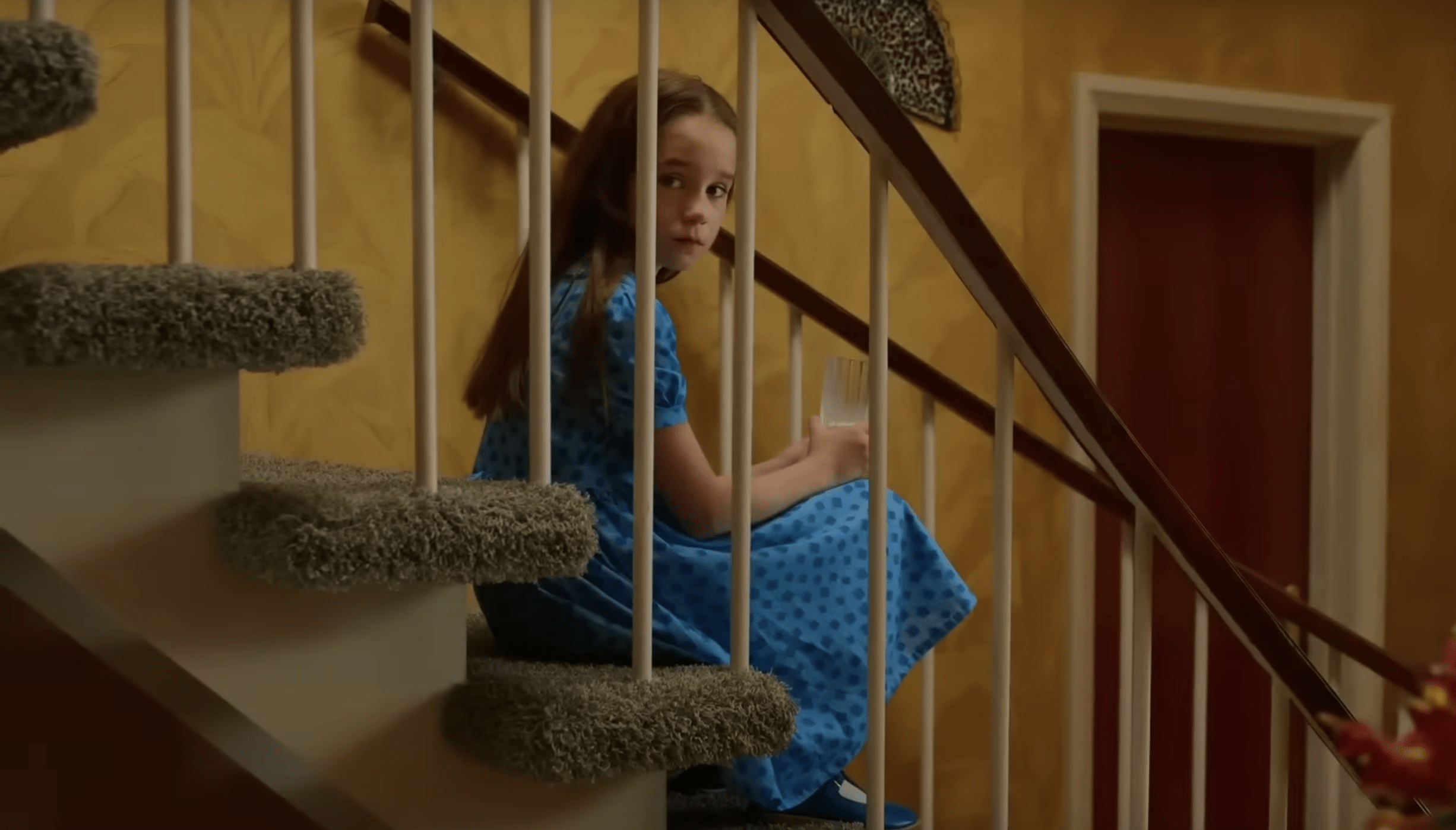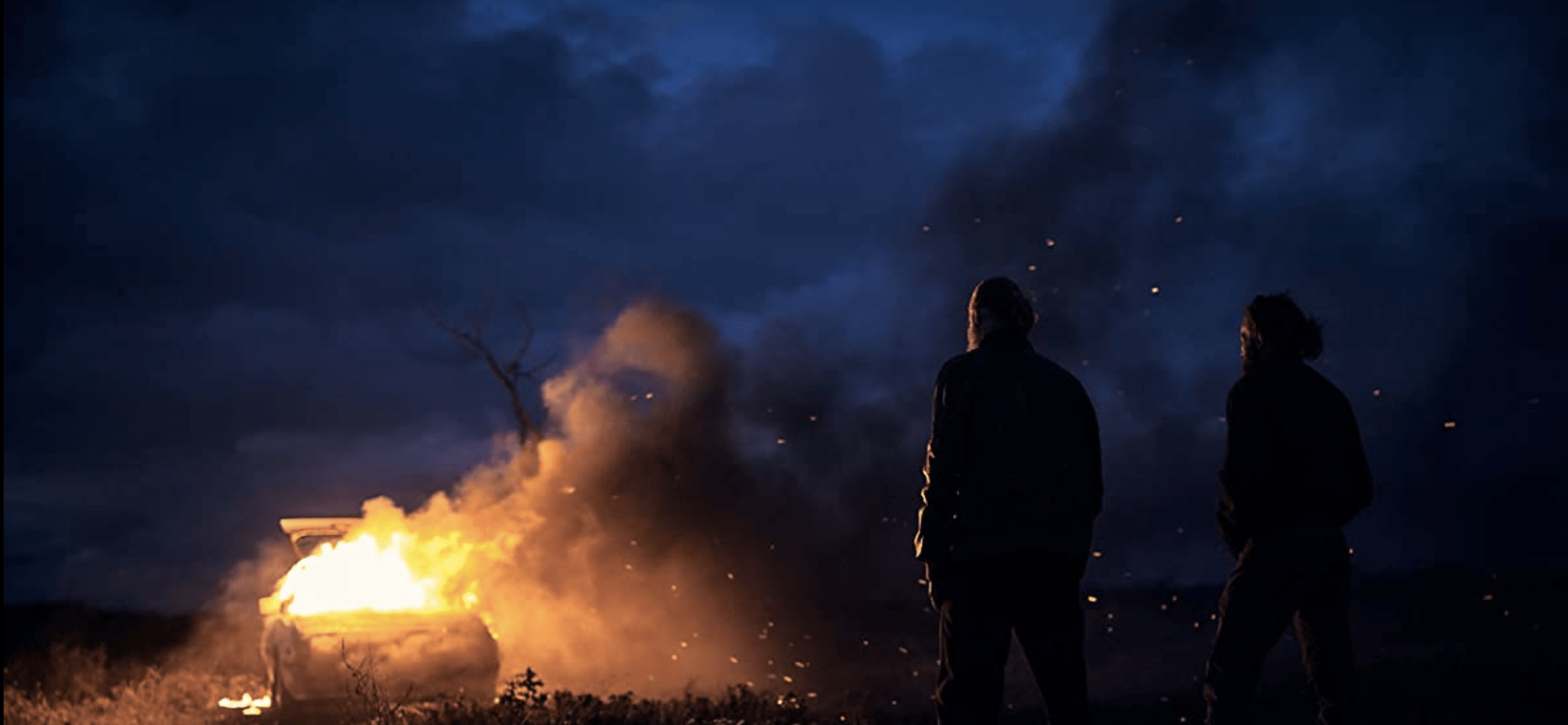
Over the course of the first years of the COVID-19 pandemic, the SAIC administration required masks, vaccinations, and the first booster shot. But as the pandemic continues on to 2023, more decisions have to be made.
In many ways, because of the pandemic, the SAIC administration had to do what the Disability Learning Resource Center (DLRC) strives to do everyday: “Support a universally accessible educational community that fosters full participation of every member.”
On January 3, 2023, SAIC sent out an email announcing as of January 26 (the start of the Spring Semester), face masks are no longer required anywhere on campus except for the Wellness Center.
There were other decisions SAIC could have taken in announcing masks are no longer required in classrooms. But the way they went about making this announcement was not transparent about whose voices mattered in making this decision and what will happen if SAIC’s COVID cases rise (beyond a single sentence saying masks could be reinstated “if the need arises”). At the time of writing this, the SAIC Make Together website is only partially up to date.
This email was sent during our Winter break, a time when students are often not checking their email; it was not emailed to parents; and it was obviously sent out after spring registration, giving students no time to decide on what classes to take to limit exposure in light of this decision (e.g. online courses, size the classroom, etc). Oddly, the Winter term classes, which began the week following this announcement, still required masks in the classrooms.
Along with this email was a link to an unlisted YouTube video of Dr. Terri Rebmann, the public health expert from St. Louis University who has been reviewing and informing SAIC’s COVID-19 protocols. This video was very concerning on a number of levels.
Dr. Rebmann begins the video by informing students that COVID-19 cases, particularly two strains of the Omicron variant, are on the rise, as well this year seeing “the worst flu outbreak that we have seen in the past decade. […] It is particularly harsh this year, and it is causing healthcare surges across the United States.”
When watching the video, one naturally starts thinking about what is going to be said next. It is easy to think she will next say SAIC will require mandatory masking, bivalent booster shots, flu vaccines, and new testing protocols for both flu and COVID-19.
But … that isn’t what happened. Instead, we are told that for the “majority of individuals on campus, you should have only very mild illness” and that health care has become an “individual responsibility.” But what about the people in our SAIC community who are at risk? What about faculty, staff, and students who are disabled, immunocompromised, living in households with high risk individuals, or over the age of 65? When we focus on a majority, who is being left out of the narrative?
In the video Dr. Rebmann said, “At this point in the pandemic almost all universities — in fact I don’t know of a single university that continues to have a mask mandate at this time.” However, with a simple Google search, anyone can find out otherwise. Pratt Institute and the School of Visual Art have continued to require masks; San Jose State and Massachusetts College of Art and Design, among others, have reinstated their mask policy this Spring because of the growing surge of both the flu and COVID; and many universities such as University of Washington, Rhode Island School of Design, and DePaul University strongly recommend masks as opposed to SAIC’s position of supporting individual choice. SAIC also no longer will provide masks at the security desks of campus buildings.
Dr. Rebmann recommends getting the bivalent booster and tells the views that it is important to do so, but she does not mention anything about the fact that bivalent booster vaccinations nor flu vaccinations are not required for students.
There are many schools that don’t require masks but do require the bivalent booster, including Ivy Leagues like Harvard and Yale as well art schools such as California Institute of the Arts, and Laguna College of Art and Design.
Other universities also give faculty the option to require students to wear masks in their classrooms, such as Harvard, Santa Clara University, Seton Hall University, and, according to faculty we’ve spoken to, Tulane University.
Finally, there are the schools whose masking mandate functions on a sliding scale. We see this at Rhode Island College, and, right around the corner from us, our neighbors, Columbia College Chicago. These schools operate with three different levels of protocol, requiring masks when cases at the school exceed a set number and/or when the towns and cities in which they are located have a high surge of cases.
There are universities that understand public health is a community concern, not an individual responsibility. It is not an all-or-nothing game. Masks do not have to be mandatory across an entire school in order to keep the school community safe. But there have to be accommodations and vaccinations in place to protect the entire community, not just the able-bodied majority.
This is not about the political debate over masks. We need to focus instead on asking questions of our administration. We need to understand if the administration is keeping faculty, staff, and students safe — both those who are more at risk and those who are of the “majority.”
The classroom dynamic at SAIC fosters an environment where we are each individuals, with voices and artistic expressions that deeply matter while at the same time we are a community of ideas and constructive feedback. If SAIC is to be a community that truly cares for its individuals, it cannot make decisions like this without open opportunities for students, faculty, and staff to weigh in, especially those in our community who are most affected by these decisions.
The student body, along with faculty and staff, need clarity and transparency from the SAIC administration about COVID-19 policies and why these are the policies they have put in place. Out of 3,571 students, 231 tested positive this Fall for COVID-19. In light of the new policy, we can be left to wonder if the rate of positive cases will rise. The School of Visual Art sums it up best: “We need the entire [community] to participate in all strategies in order to keep COVID-19 and severe disease at bay.”







